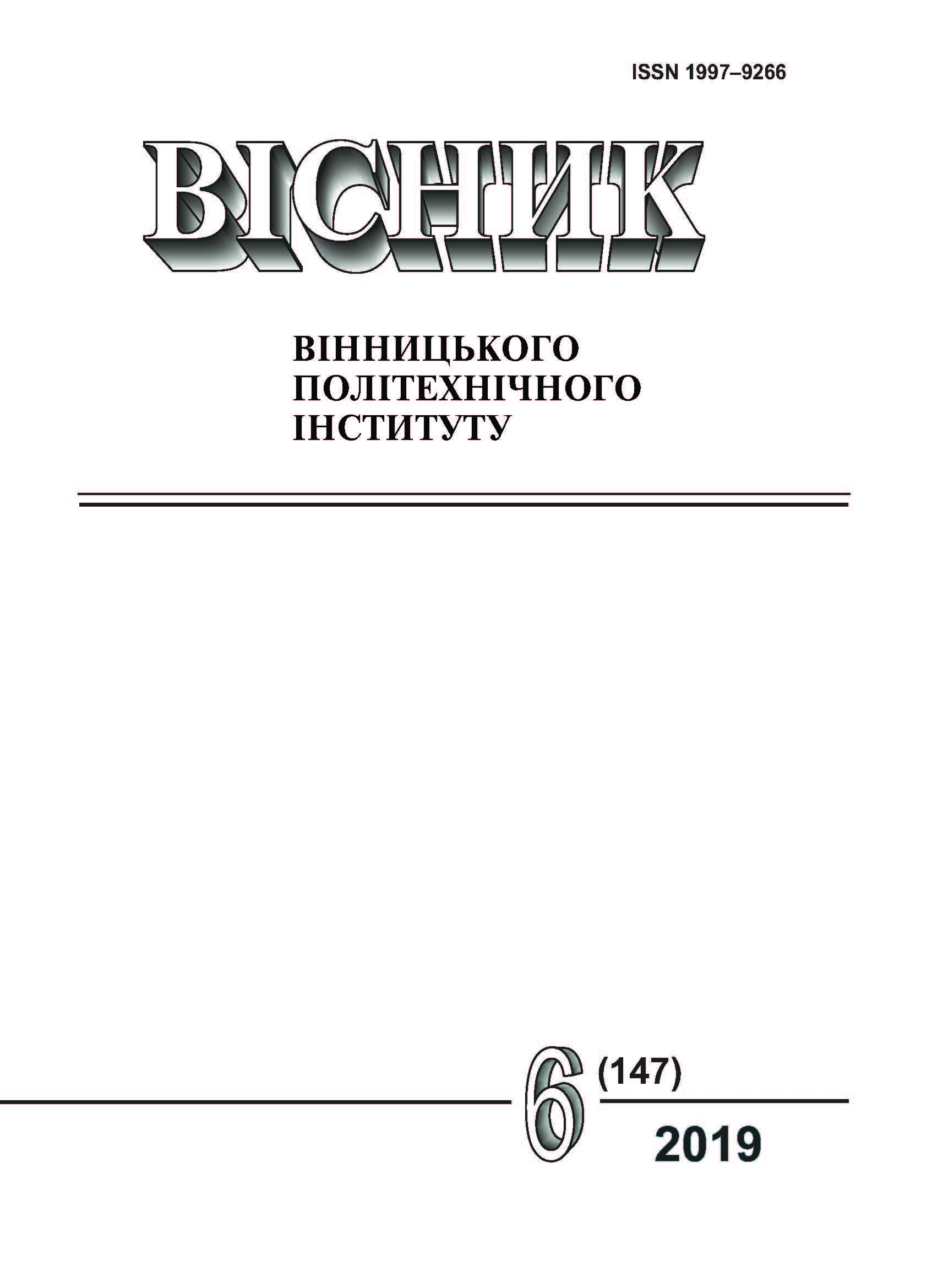Planning Energy Efficient Schedules for the Functioning of Production Systems
DOI:
https://doi.org/10.31649/1997-9266-2019-147-6-54-61Keywords:
energy efficient task, schedule creation, non-renewable resource, calendar plan, parallel machines, minimization of total resource usage, deadlineAbstract
The work is devoted to the development of a method for increasing the efficiency of production systems by drawing up schedules that are optimal or close to optimal according to the energy criterion. The approach allows to create a schedule in which the amount of energy used will be minimal. For the world, the issue of energy conservation is very important. There are many areas of industry for the production capacities of which the existing amount of energy is not enough; therefore, it is necessary to optimize production to minimize the amount of energy that is used. As you know, tasks in which it is necessary to minimize energy costs attract huge attention of researchers from around the world. This interest is associated with the rapid growth of industry and their production capacities, as well as with the rapid development of computer technology, which allows accelerating the solution of problems through the use of additional energy. But high production growth rates lead to excessive use of energy, which in turn contributes to increased costs for enterprises. Therefore, there is a need for energy-efficient production schedules, this will help reduce financial costs and prevent the global problem of excessive use of non-renewable energy resources. The paper considers the relevance of the identified problem and formulates the purpose of its study. A review and analysis of existing solutions have been proposed by world scientists to solve the identified problem. The statement of the problem is given and the properties of the problem are studied. Classifications of tasks by the average duration of work, the variance of the duration of work and the variance of the policy dates are presented. Algorithms for solving the problem are developed. Subclasses of tasks are formed to check the efficiency of the algorithm and a comparison of the results with the algorithm for parallel machines with a certain arrival time and directive dates. An example of solving the problem is presented. The results of studies of the effectiveness of the proposed method are presented.
References
F. Yao, A. Demers, and S. A . Shenker, “Scheduling model for reduced CPU energy,” in 36th Annual Symposium on Foundation of Computer Science (FOCS 1995) Milwaukee, Wisconsin, 1995, pp. 374-382.
А. С. Аничкин, и В. А. Семенов, «Современные модели и методы теории расписаний,» Труды ИСП РАН, том 26, № 3, c. 5-50, 2014.
Ю. О. Верес, «Розподіл обмежених ресурсів в управлінні проектами,” Вісник Національного університету «Львівська політехніка», № 685, с. 33-44, 2010.
А. В. Кононов, «Актуальные задачи теории расписаний: вычислительная сложность и приближенные алгоритмы.” дис. канд. физ-мат. наук., федер. гос. учрежд. ин-та. математики им. С. Л. Соболева, Новосибирск, Россия, 2014.
И. Н. Лушакова, «Задачи теории расписаний для системы с нефиксированными маршрутами и ресурсными ограничениями.” дис. канд. физ-мат. наук., Белорусский гос. ун-т., Минск, 1992.
Д. И. Архипов, А. А. Лазарев, и Г. В. Тарасов, «Определение загрузки ресурсов при поиске нижних оценок для задачи RCPSP,» Прикладная математика и вопросы управления, № 3, c. 35-46, 2017.
А. Емелин, Copyright mathprofi.ru 2010-2019. Равномерное распределение вероятностей. [Электронный ресурс] . Режим доступа: http://mathprofi.ru/ravnomernoe_raspredelenie_veroyatnostei.html. Дата обращения: Июнь 08, 2019.
Д. О. Волошин, В. М. Клименко. О. Г. Жданова, М. О. Сперкач, и О. А. Халус, «Дослідження задачі визначення максимально пізнього моменту початку виконання робіт з мінімізацією сумарного випередження відносно директивних термінів виконання робіт,» в МОДС 2019 Тези доповідей, с. 398-401.
В. М. Клименко, О. Г. Жданова, М. О. Сперкач, О. А. Халус, «Дослідження задачі визначення енергетично ефективних розкладів для паралельних машин,» Третя всеукраїнська науково-практична конференція молодих вчених та студентів «Інформаційні системи та технології управління», Київ, с. 97-101, 2019.
Downloads
-
PDF (Українська)
Downloads: 164
Published
How to Cite
Issue
Section
License
Authors who publish with this journal agree to the following terms:
- Authors retain copyright and grant the journal right of first publication.
- Authors are able to enter into separate, additional contractual arrangements for the non-exclusive distribution of the journal's published version of the work (e.g., post it to an institutional repository or publish it in a book), with an acknowledgment of its initial publication in this journal.
- Authors are permitted and encouraged to post their work online (e.g., in institutional repositories or on their website) prior to and during the submission process, as it can lead to productive exchanges, as well as earlier and greater citation of published work (See The Effect of Open Access).





